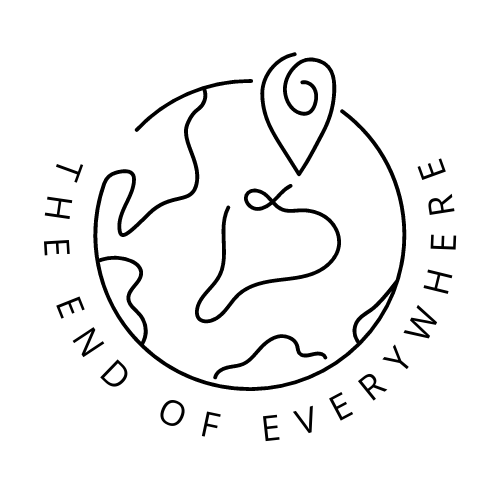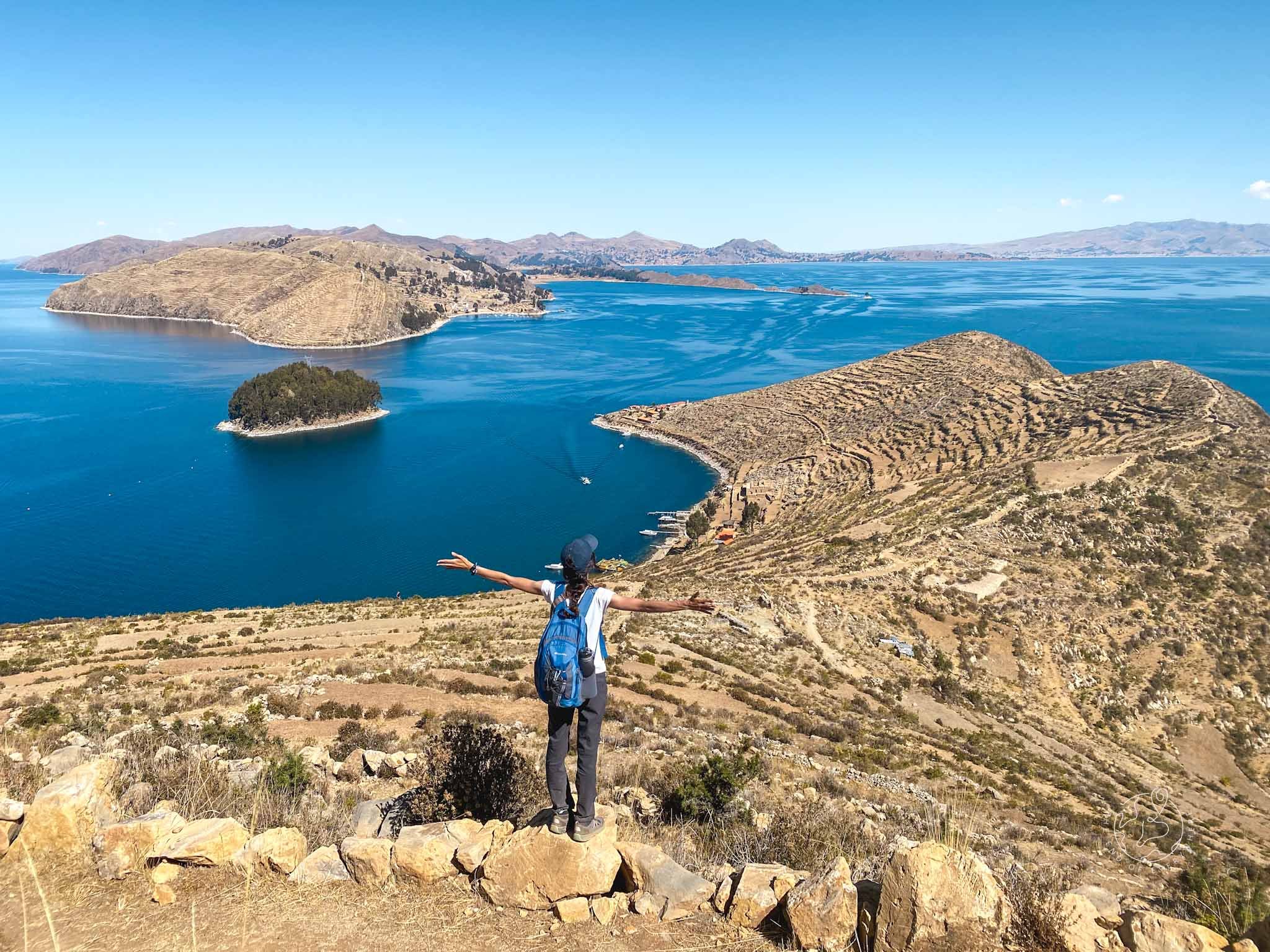Tales from Trujillo
The reed boats of Huanchaco
Another overnight bus, another early check in, another morning recovery nap. There was a pattern emerging to our time in Peru!
We arrived in Trujillo with a plan to use it as a base to explore surrounding archeological sites of significance, but ventured out to see the city itself on that first afternoon. And we found… there isn’t that much to see. The central square is unusually polished, with manicured flowerbeds, marble benches, and lined with impressive buildings. Beyond that, there isn’t much in the way of sightseeing.
We spent the afternoon looking for a tour that might take us to the two main archeological sites we wanted to see, but couldn’t find anything suitable so settled on visiting independently - all in all it cost the same, but a tour would have saved us waiting on public transport. We then went to the Archeological Museum to swat up on the next couple of days sightseeing. It was a really interesting museum that covered the settlements in Northern Peru through the Moche and Chimú civilisations.
The next day we were up early to get the local bus to the ruins of what was once the centre of the Moche civilisation at Huacas del Sol y Luna. Here I learnt my first lesson about getting a combi in Peru - always check the front of the van. As we approached the departure point there was a combi pulled up and waiting. Not wanting to miss our potential ride, I asked conductor if they were going to the Huacas del Sol y Luna site. She said yes. Then I asked how much it was per person to the Huacas del Sol y Luna site. She said 2 soles per person, and opened the door for us to get on.
This exchange might be enough for any reasonable person to assume the bus was going to Huacas del Sol y Luna… it was not. About 10 minutes later, on the side of the Panamerica Sur, she opened the door and motioned for us to get out, with nothing but a busy dual carriageway in sight. She pointed to a building on the opposite side of the road and told us grab a moto taxi from the front of it to get the rest of the way. Not ideal!
Of course now we know she was after our fare and we should have walked around to check the front of the combi for the destination rather than take her word for it. It’s a shame we have to think like that, it would be nice to think people would be honest and help! Although the mototaxi the rest of the way only cost 6 soles (an extra £1.10), it’s the principle, not the cost, that really grates!
The Huacas del Sol y la Luna are twin adobe pyramids that were built around 1,500 years ago, showcasing intricate architectural and artistic prowess. The Huaca del Sol, the larger pyramid, isn’t accessible to the public, while the Huaca de la Luna has been extensively excavated and is open for visits with a guide.
On arrival, we looked around the on site museum whilst waiting for the next English tour, which we happened to be sharing with a group of archeology students from Virginia, along with their professor who had worked on the Huacas de la Luna site in 2005… so safe to say we gained a lot of extra insight!
The Huaca de la Luna is particularly famous for its well-preserved murals, which show intricate scenes of rituals, gods, and daily life. The site's excavation has unearthed ceramics, textiles, and metalwork that sheds light on the Moche people's advanced craftsmanship - examples of these were on display in the museum.
Perhaps the most harrowing aspects of the site from our modern viewpoint is the evidence of human sacrifices that occurred. This was a significant aspect of the Moche civilisation and often involved elaborate ceremonies by priests.
Moche religious beliefs centered around maintaining a connection with the spiritual world, and human sacrifices were considered offerings to appease gods or supernatural forces. Evidence shows an increase of sacrifices during times of increased rainfall due to the El Niño phenomenon, suggesting they believed they were being punished in some way and had to make amends.
Our visit ended with the sacrificial chamber, where the skeletal remains of over 170 victims of sacrifice had been uncovered.
The journey back to town was, thankfully, very straightforward, with combi’s leaving from the parking area outside the ruins. To be sure, I checked the front of the combi as it pulled up and I checked verbally with the driver before boarding! We got directly back to Trujillo at half the cost of the journey there.
The next day we started out on an early combi again, this time in the opposite direction out of the city to the ruins of the Chimú civilisation capital of Chan Chan. No combi drama this time!
We had a look around the small museum before employing a guide to take us to the ruins. The site doesn’t have any signage or interpretation, so using a guide was the best way to understand what we were looking at.
The city of Chan Chan was the capital and largest city of the Chimú civilisation, which thrived from around the 9th to the 15th century AD on Peru’s northern coast.
Chan Chan was divided into ten palaces, each containing multiple walled compounds and plazas. The city's design reflected a hierarchical social structure, with the ruler residing in the center while lower-classes lived in the outer sections. The walls were adorned with decorative motifs and representations of Chimú life, including marine and animal motifs - many of which have been restored and can be seen today.
The Chimú civilization was eventually conquered by the Inca Empire in the late 15th century, when Chan Chan was overthrown and incorporated into the Inca administrative system.
After our visit, we flagged down another combi on the same route and stayed on until the end of the line at Huanchaco, a small beach town on the coast outside of Trujillo that is famous for the narrow reed boats used by the fishermen.
The coast along the town of Huanchaco is lined with these traditional fishing vessels made from bundled reeds. Used by locals for centuries, these lightweight boats are skillfully maneuvered using paddles, allowing fishermen to navigate the surf and catch fish. The tradition reflects the deep connection between the community and the sea.
A small number of locals still use these traditional vessels, known as "caballitos de totora," and we were lucky enough to see a few bouncing along the waves bringing in the day’s catch.
After lunch at a beachfront cafe, we took another combi (combi experts now) back to the city for a restful evening before a long day of travel back into the mountains.
Although we weren’t too impressed with the city itself, we really enjoyed the time we spent exploring the archeological sites around Trujillo. We learnt a lot about period of history we didn’t know anything about before visiting, and we found a rich history of vibrant and diverse cultures in the Moche and Chimú civilisations. Whilst the Incas get a lot of focus, it was fascinating to learn more about the people who directly preceded them. After all, Peruvian history does not begin and end with the Incas.
Related Content


















